When it comes to construction projects across North America, understanding the nuances of expanding grout types (0-3) and their ideal applications based on geographical and seasonal factors is crucial. Each grout type has distinct properties that make them optimal for specific locations and times of the year. Let’s delve into the specifics to ensure your construction endeavors are met with success.
Type 0 Expanding Grout: Conquering the Arid Summers of the Southwest
In the scorching summer months, states like Arizona, New Mexico, Nevada, and parts of California and Mexico face unique construction challenges. Type 0 expanding grout, with its high resistance to heat, is the go-to solution. It excels in scenarios where scalding temperatures might otherwise compromise the effectiveness of conventional grouts. Popular applications include foundational work, retaining walls, and pool constructions.
Type 1 Expanding Grout: Thriving in Spring and Summer Conditions
California and Utah experience milder climates during the spring and summer months, making Type 1 expanding grout the preferred choice. With balanced temperature resistance, this grout is ideal for projects like landscaping features, outdoor pavements, and driveway installations. Its versatility ensures successful expansion in these regions without compromising on effectiveness.
Type 2 Expanding Grout: Tackling Fall and Winter Challenges in Varied Climates
Ontario, Utah, and parts of New York witness a shift in climate during the fall and winter. Type 2 expanding grout, designed for moderate temperature variations, becomes invaluable in these regions. Construction projects like foundation repairs, underground installations, and structural enhancements benefit from the adaptability of Type 2 grout, ensuring reliable performance even in cooler weather conditions.
Type 3 Expanding Grout: Defying Winter Chill in the North
For regions such as New York, Whistler, Vancouver, and Washington, where winter brings frigid temperatures and potential frost heave, Type 3 expanding grout takes center stage. Its low-temperature resistance and enhanced durability make it an essential choice for projects involving bridge repairs, road constructions, and other infrastructure developments during the winter months.
Grout Types In Practice: Common Project Examples In North American Regions
Southwestern Oasis Retreats (Type 0): Imagine crafting a luxurious pool deck in the arid landscapes of Arizona or constructing a robust retaining wall in the deserts of Nevada. Type 0 expanding grout ensures the structural integrity needed for these projects, withstanding the intense summer heat.
Coastal Builds, Patios and Walkways (Type 1): Along the coasts of California and Utah, envision creating stunning outdoor spaces with intricate stone pathways and patios. Type 1 expanding grout facilitates precise and controlled expansion, perfect for the mild climates of these regions.
Historic Renovations in Cooler Climates (Type 2): Picture restoring a basement or rebuilding a historic structure in Ontario or upgrading a New York brownstone. Type 2 expanding grout caters to the moderate temperatures of fall and early winter, providing the reliability required for detailed construction projects.
Winter-Resilient Infrastructure (Type 3): Think about constructing a durable bridge in the snowy landscapes of Whistler or Washington. Type 3 expanding grout ensures that the your rock/concrete demolition withstands the challenges posed by freezing temperatures (so you can complete your projects year-round in cooler climates!). Type 3 expanding grout offers a robust solution for winter-centric projects.
By aligning the proper expanding grout types with appropriate specific regions and seasons, construction professionals can best optimize their projects, ensuring the best possible success when using expanding grout for concrete and rock demolition.



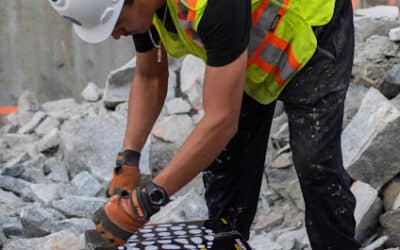
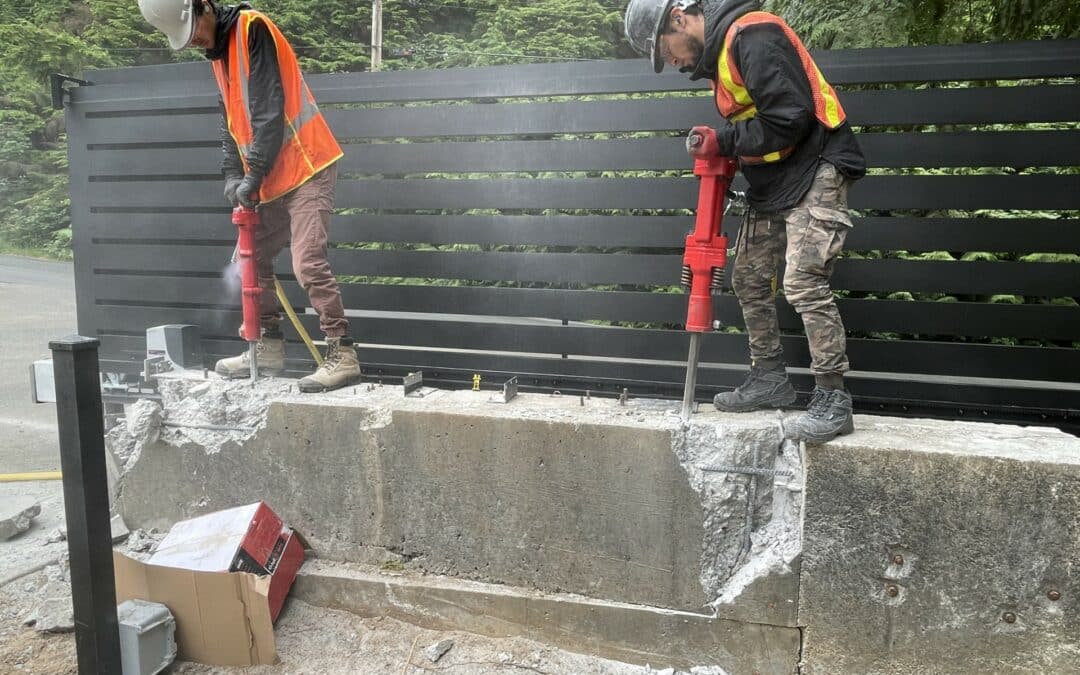
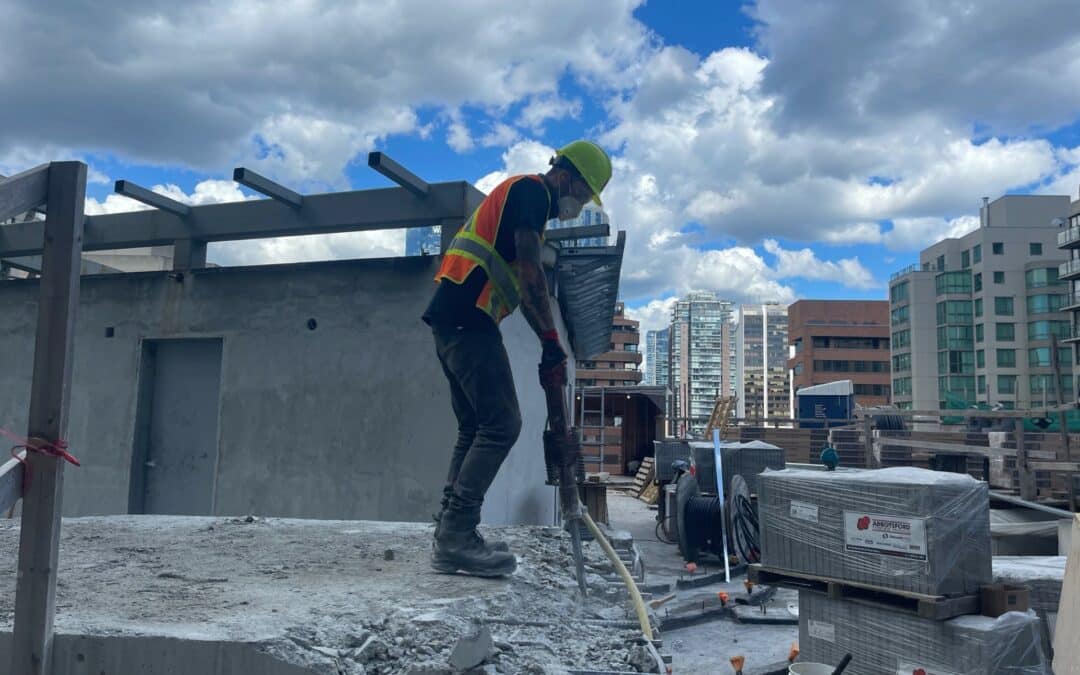
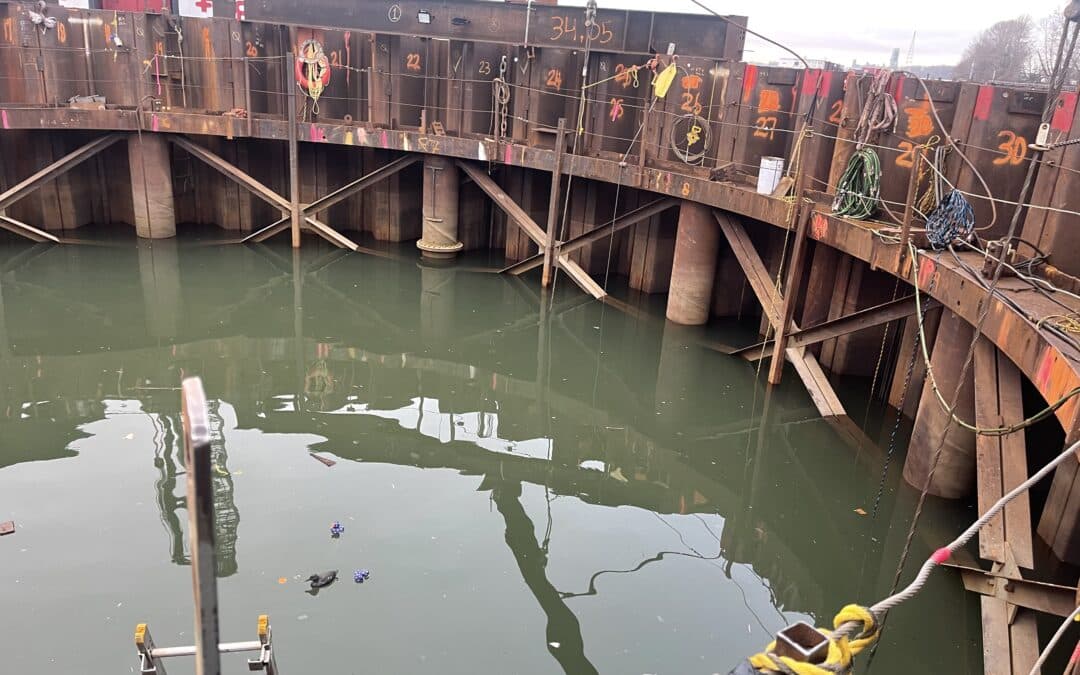
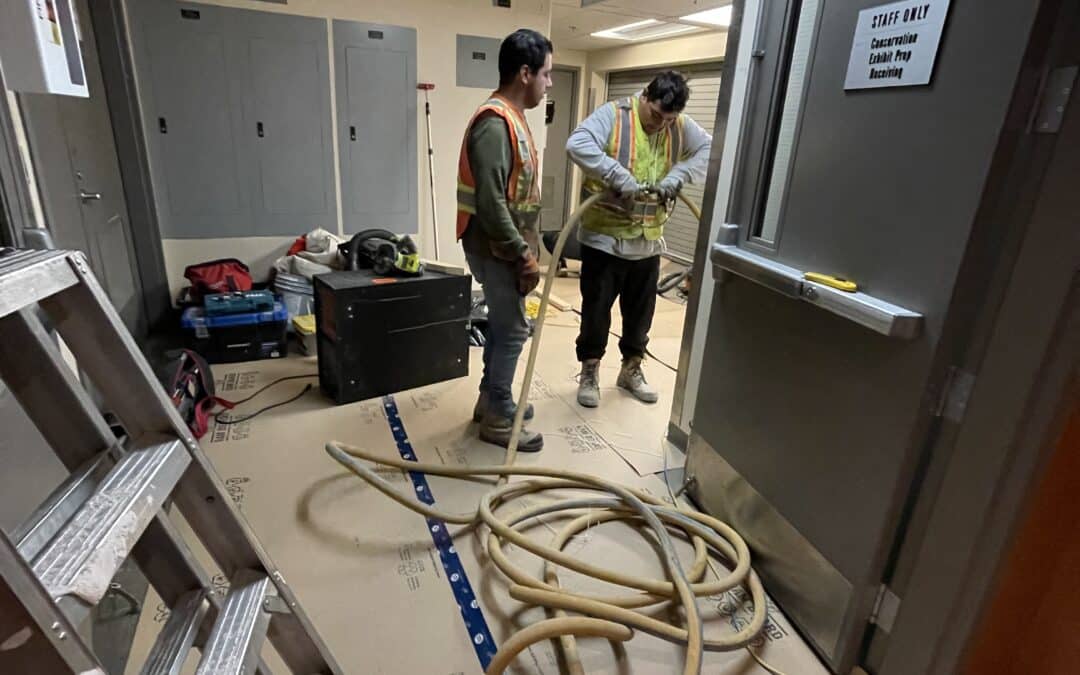
0 Comments